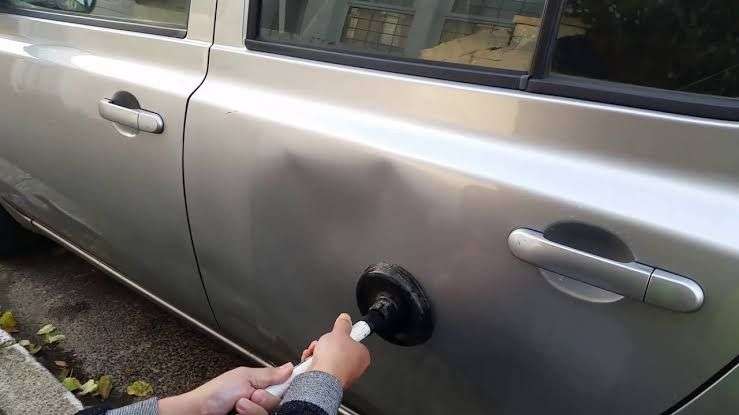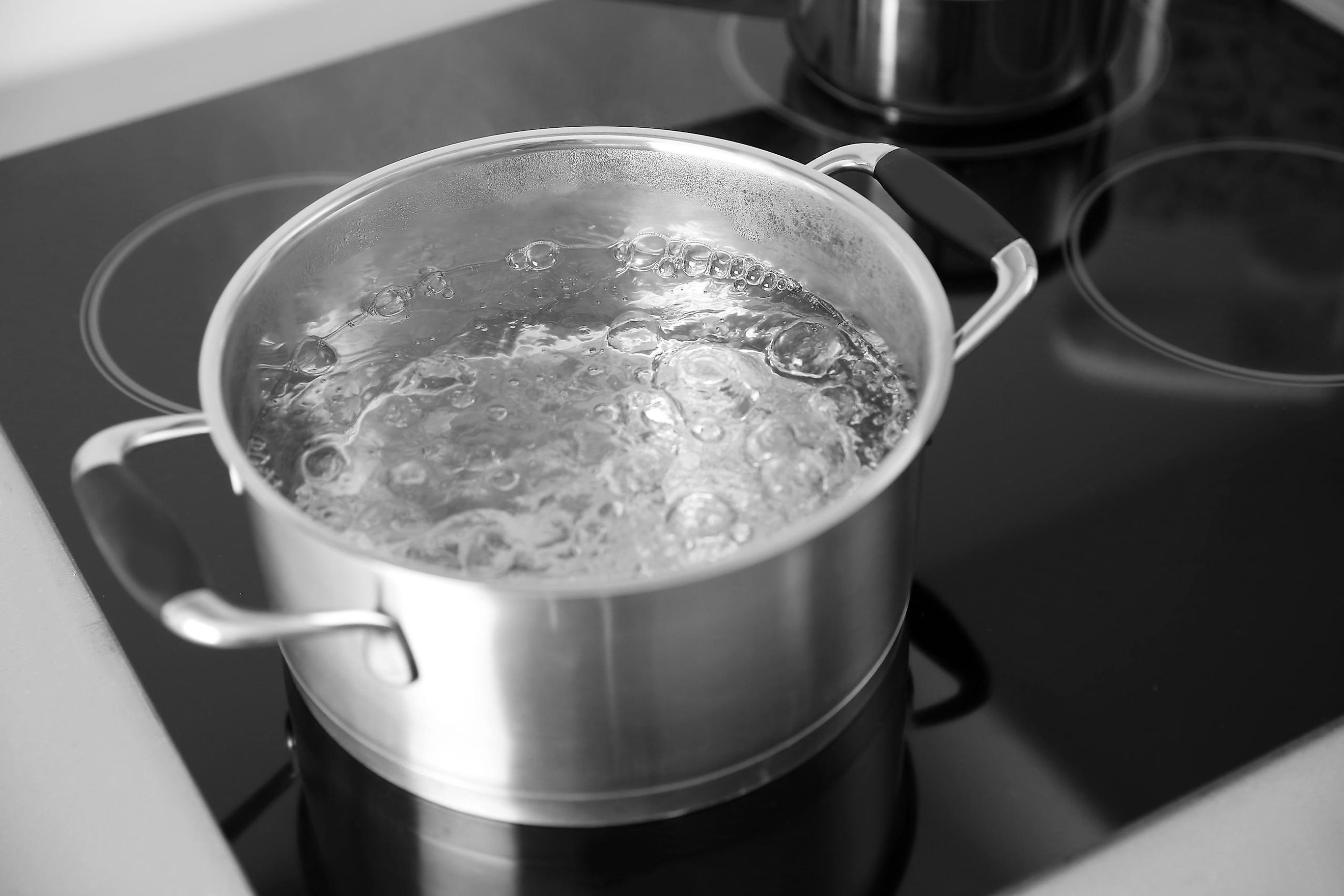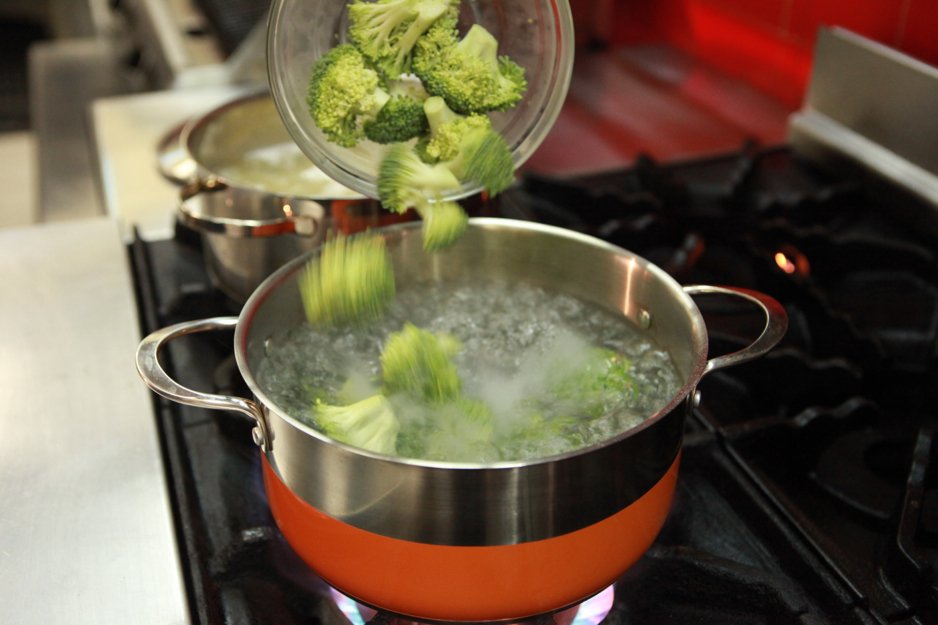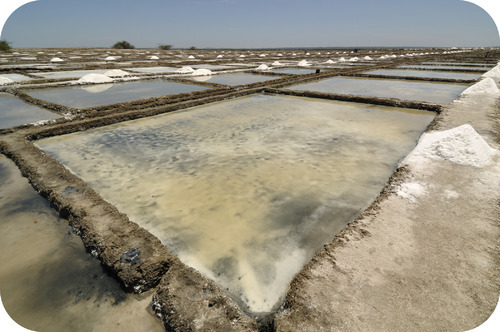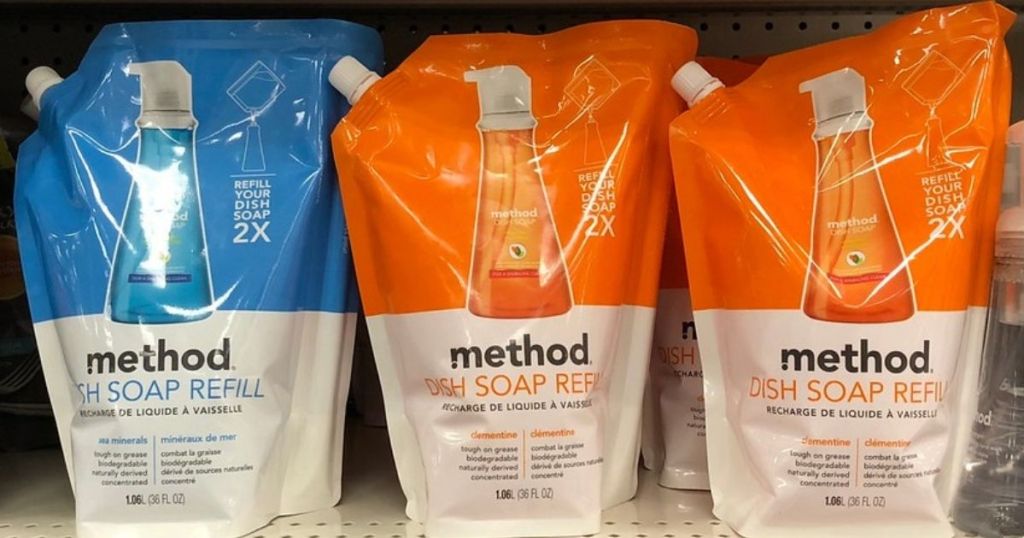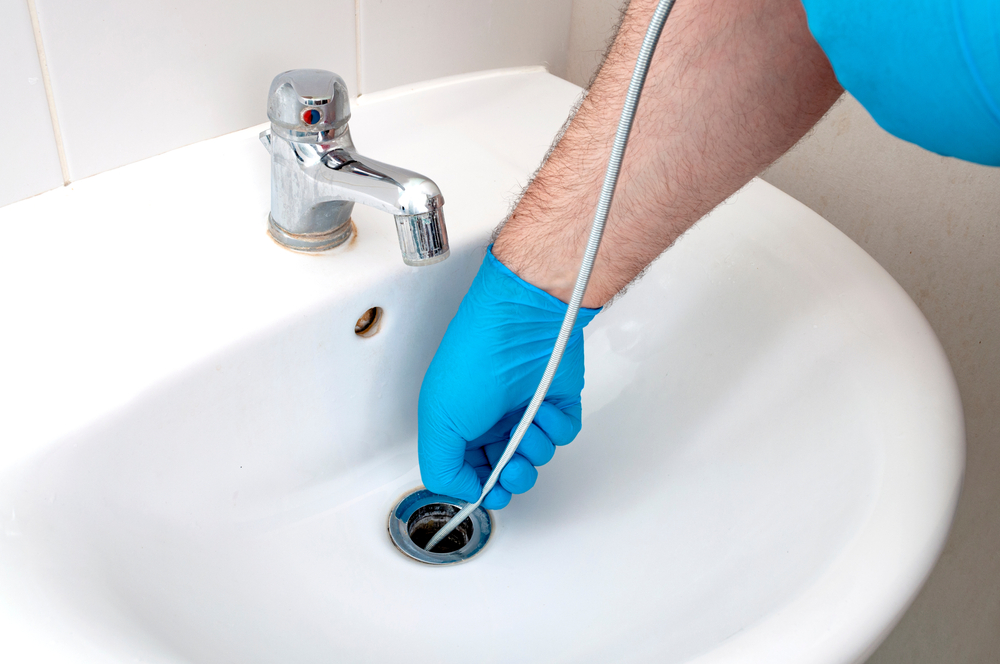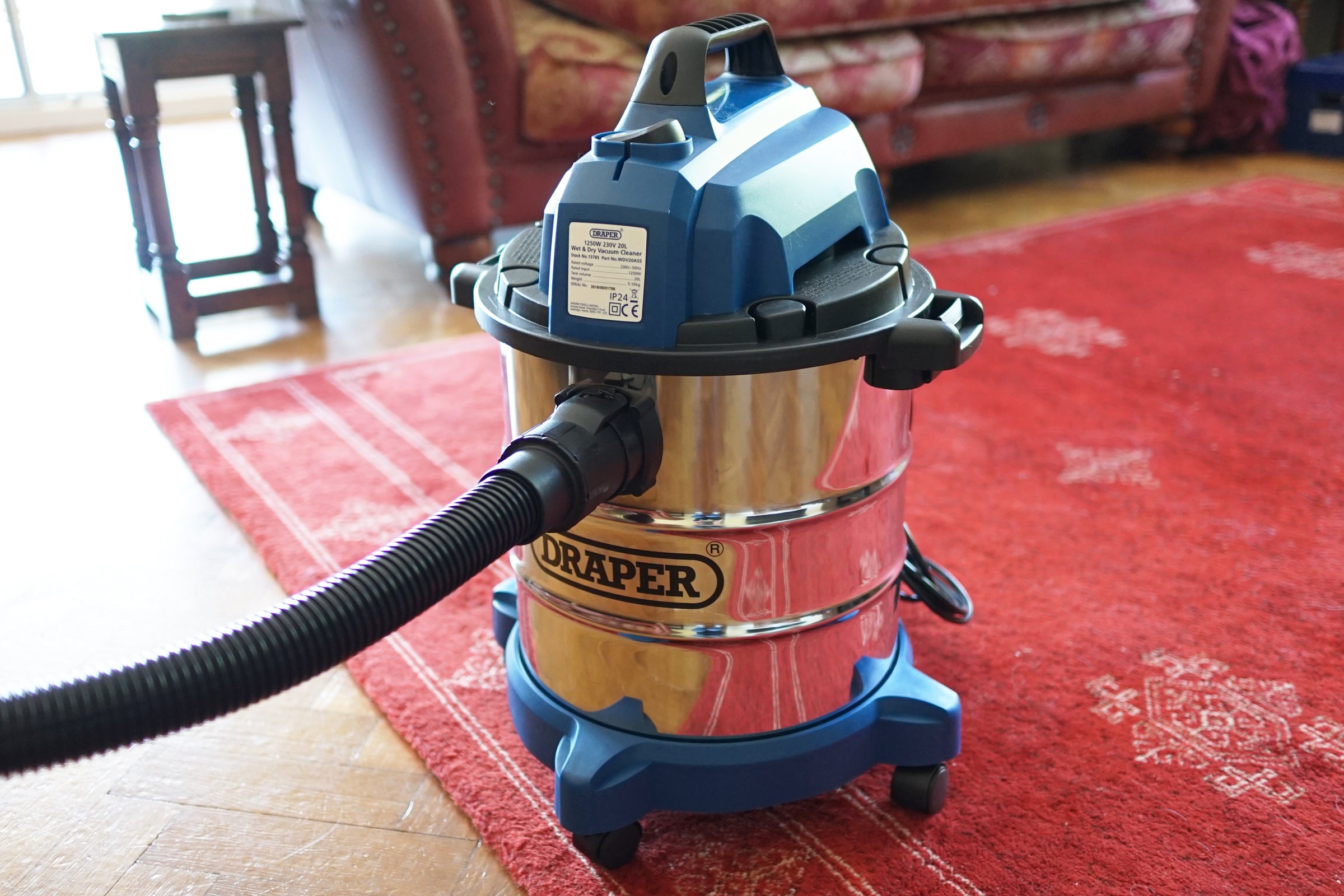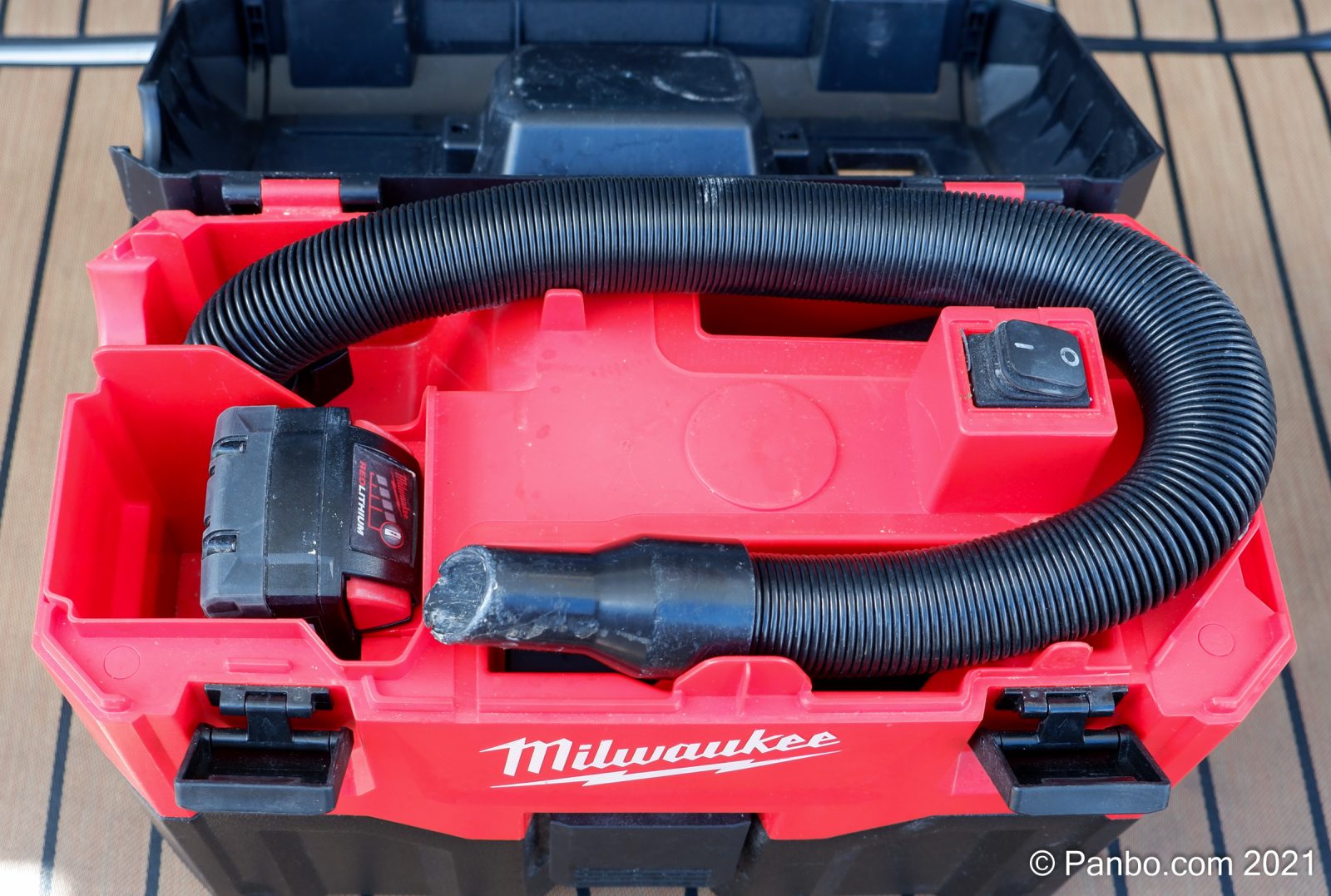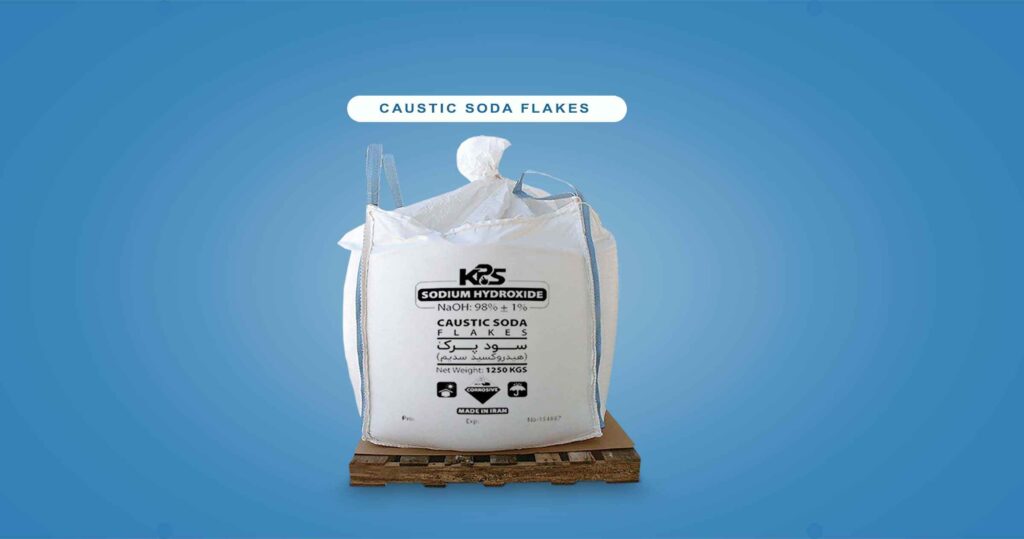1. Baking Soda and Vinegar Method
If you're dealing with a clogged kitchen sink, the first solution that comes to mind is probably the baking soda and vinegar method. This natural and non-toxic solution is a favorite among homeowners for its effectiveness and affordability.
To use this method, start by pouring a pot of boiling water down the drain to loosen and soften any debris. Next, pour ½ cup of baking soda down the drain, followed by 1 cup of vinegar. Cover the drain with a plunger or stopper to create a seal and let the solution sit for 10-15 minutes. Finally, pour another pot of boiling water down the drain to flush out any remaining debris.
2. Plunger Method
If the baking soda and vinegar method doesn't work, you can try using a plunger to unclog your kitchen sink. This method works best for minor clogs and is a quick and easy solution.
Fill the sink with enough water to cover the plunger and create a seal. Use the plunger to vigorously push and pull on the drain to create suction and dislodge the clog. Once the water starts to drain, keep plunging until the sink is completely clear.
3. Boiling Water Method
If you're looking for a simple and cost-effective solution, try the boiling water method. This method is best for grease clogs, as hot water can help dissolve and flush away the buildup.
Simply boil a pot of water and carefully pour it down the drain in stages, allowing it to sit and work on the clog for a few minutes between pours. This method may need to be repeated a few times for stubborn clogs.
4. Salt and Hot Water Method
Another easy and natural solution for unclogging your kitchen sink is the salt and hot water method. This method is particularly effective for grease and food clogs.
Start by mixing ½ cup of salt with 4 cups of hot water. Stir until the salt dissolves, then pour the solution down the drain. Let it sit for a few minutes before flushing with hot water. The salt helps to break down the clog and the hot water helps to flush it away.
5. Dish Soap and Hot Water Method
For small clogs, the dish soap and hot water method is a simple and effective solution. Dish soap is designed to break down grease and fats, making it perfect for removing buildup in your kitchen sink.
Add a few tablespoons of dish soap to a pot of hot water and pour it down the drain. Let it sit for a few minutes before flushing with hot water. This method can also be used as a preventive measure to keep your sink clear of buildup.
6. Plumber's Snake Method
If you have a stubborn clog that won't budge with other methods, it may be time to bring out the plumber's snake. This tool is designed to break up and remove debris and obstructions from your pipes.
To use a plumber's snake, insert the end into the drain and turn the handle to push it through the pipes. Once you reach the obstruction, continue turning the handle to break it up and remove it. Finally, flush the drain with hot water to clear any remaining debris.
7. Wet and Dry Vacuum Method
If you have a powerful wet and dry vacuum on hand, you can try using it to remove a clog from your kitchen sink. This method is best for solid obstructions such as food particles or small objects.
Start by setting the vacuum to liquid and cover the vent to create suction. Place the end of the hose over the drain and turn on the vacuum. The suction should be strong enough to dislodge and remove the obstruction. Remember to clean and sanitize your vacuum afterwards.
8. Caustic Soda Method
For stubborn and severe clogs, you may need to use a stronger solution such as caustic soda. This chemical can dissolve organic matter, grease, and hair, making it a powerful option for clearing your kitchen sink.
Follow the instructions on the caustic soda product and take necessary safety precautions. Pour the recommended amount of caustic soda down the drain and let it sit for 20-30 minutes. Flush with hot water to remove the dissolved debris.
9. Enzyme Drain Cleaner Method
If you prefer to use a more environmentally-friendly solution, an enzyme drain cleaner can be an effective option for unclogging your kitchen sink. These cleaners contain bacteria and enzymes that digest organic matter, breaking it down and clearing your pipes.
Follow the instructions on the product and let it sit for the recommended amount of time. Flush with hot water to remove any remaining debris. Keep in mind that enzyme drain cleaners may take longer to work compared to other methods.
10. Hydrogen Peroxide and Baking Soda Method
For organic clogs, a combination of hydrogen peroxide and baking soda can be an effective solution. This mixture creates a foaming reaction that can help break down and dissolve organic matter in your pipes.
Mix ½ cup of baking soda with ½ cup of hydrogen peroxide and pour it down the drain. Let it sit for 15-20 minutes before flushing with hot water. This method may need to be repeated a few times for severe clogs.
With these top 10 solutions for a clogged kitchen sink, you can easily tackle any type of clog and keep your sink running smoothly. Remember to take necessary safety precautions and consult a professional if the clog persists. By regularly maintaining your sink and following these solutions, you can prevent future clogs and keep your kitchen functioning at its best.
Additional Solutions for a Clogged Kitchen Sink

Preventing Clogs in the First Place
 While there are many solutions for unclogging a kitchen sink, it's always better to prevent clogs from happening in the first place.
Regular maintenance and proper use can help keep your kitchen sink running smoothly and prevent future clogs.
Here are some tips for preventing clogs:
-
Use a sink strainer
to catch food scraps and other debris before they go down the drain. Empty the strainer regularly to avoid buildup.
-
Avoid pouring grease or oil down the drain
, as they can solidify and cause clogs. Instead, wipe excess oil and grease from pans and dispose of them in the trash.
-
Run hot water
down the drain after each use to help prevent buildup.
-
Use a garbage disposal properly
by running it with cold water and avoiding putting large or hard items down the drain.
-
Regularly clean your sink and drain
by pouring boiling water down the drain and using a mixture of baking soda and vinegar to break up any buildup.
While there are many solutions for unclogging a kitchen sink, it's always better to prevent clogs from happening in the first place.
Regular maintenance and proper use can help keep your kitchen sink running smoothly and prevent future clogs.
Here are some tips for preventing clogs:
-
Use a sink strainer
to catch food scraps and other debris before they go down the drain. Empty the strainer regularly to avoid buildup.
-
Avoid pouring grease or oil down the drain
, as they can solidify and cause clogs. Instead, wipe excess oil and grease from pans and dispose of them in the trash.
-
Run hot water
down the drain after each use to help prevent buildup.
-
Use a garbage disposal properly
by running it with cold water and avoiding putting large or hard items down the drain.
-
Regularly clean your sink and drain
by pouring boiling water down the drain and using a mixture of baking soda and vinegar to break up any buildup.
Alternative Methods for Unclogging a Kitchen Sink
 If your kitchen sink is already clogged, there are a few alternative methods you can try before resorting to harsh chemicals or calling a plumber.
These solutions are safe, natural, and often use household items you may already have on hand.
Here are some methods to try:
-
Boiling water:
This is the easiest and most common method for unclogging a kitchen sink. Simply boil a pot of water and carefully pour it down the drain in stages, allowing the hot water to work its way through the clog.
-
Baking soda and vinegar:
This combination creates a chemical reaction that can help break down clogs. Pour half a cup of baking soda down the drain, followed by half a cup of vinegar. Let it sit for 15 minutes, then pour boiling water down the drain.
-
Salt and baking soda:
Mix equal parts salt and baking soda and pour it down the drain. Let it sit for a few hours, then rinse with boiling water.
-
Plunger:
If the clog is not too severe, a plunger may be able to dislodge it. Be sure to cover the overflow drain with a wet cloth before plunging to create a seal.
-
Wire hanger:
If you can locate the clog, you can try using a wire hanger to hook and pull it out. Be sure to wear gloves and be gentle to avoid damaging your pipes.
With these additional solutions, you can keep your kitchen sink running smoothly and avoid the frustration of a clogged drain.
Remember to always use caution and proper techniques when unclogging a sink to avoid causing further damage.
If the clog persists, it may be time to call a professional plumber for assistance.
If your kitchen sink is already clogged, there are a few alternative methods you can try before resorting to harsh chemicals or calling a plumber.
These solutions are safe, natural, and often use household items you may already have on hand.
Here are some methods to try:
-
Boiling water:
This is the easiest and most common method for unclogging a kitchen sink. Simply boil a pot of water and carefully pour it down the drain in stages, allowing the hot water to work its way through the clog.
-
Baking soda and vinegar:
This combination creates a chemical reaction that can help break down clogs. Pour half a cup of baking soda down the drain, followed by half a cup of vinegar. Let it sit for 15 minutes, then pour boiling water down the drain.
-
Salt and baking soda:
Mix equal parts salt and baking soda and pour it down the drain. Let it sit for a few hours, then rinse with boiling water.
-
Plunger:
If the clog is not too severe, a plunger may be able to dislodge it. Be sure to cover the overflow drain with a wet cloth before plunging to create a seal.
-
Wire hanger:
If you can locate the clog, you can try using a wire hanger to hook and pull it out. Be sure to wear gloves and be gentle to avoid damaging your pipes.
With these additional solutions, you can keep your kitchen sink running smoothly and avoid the frustration of a clogged drain.
Remember to always use caution and proper techniques when unclogging a sink to avoid causing further damage.
If the clog persists, it may be time to call a professional plumber for assistance.

















